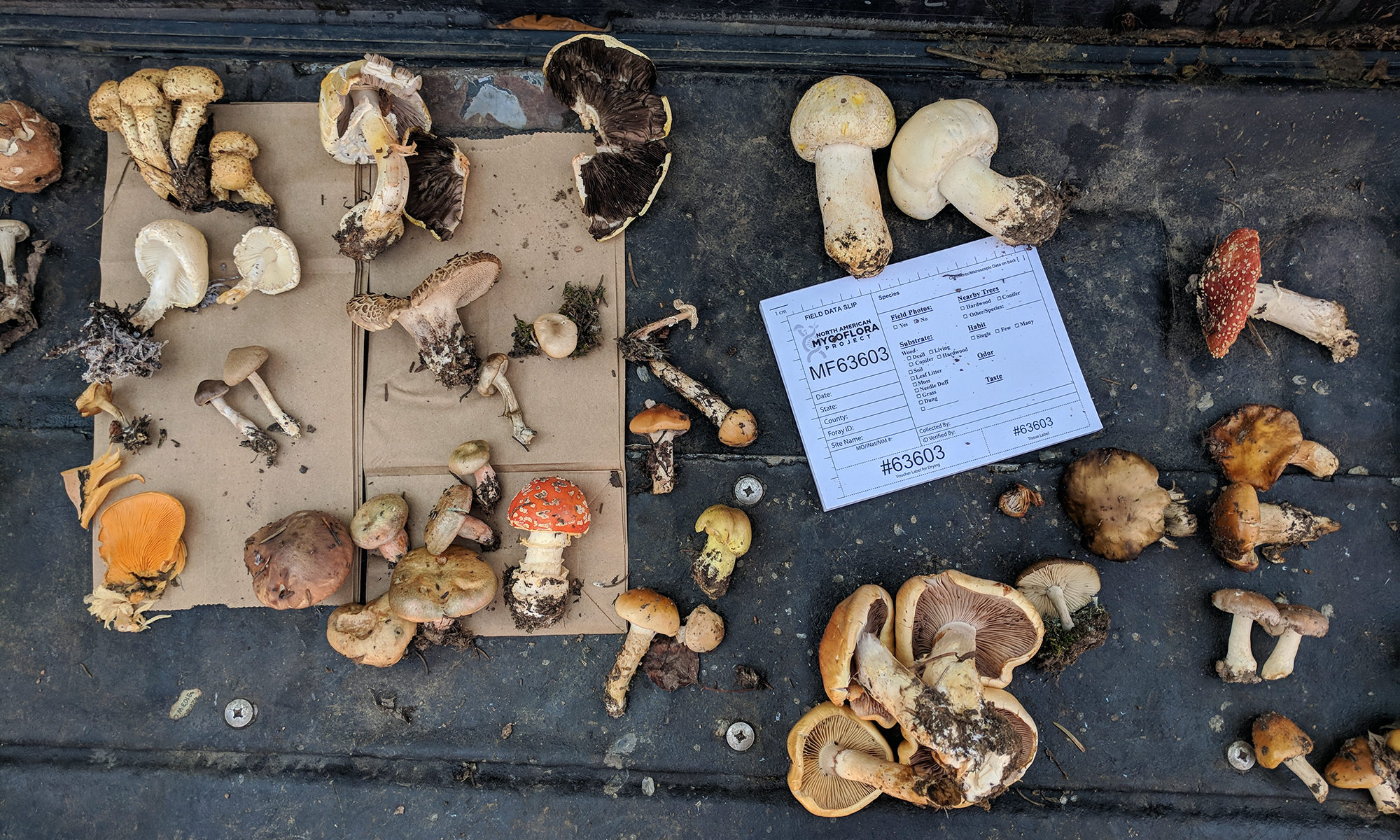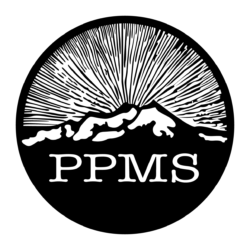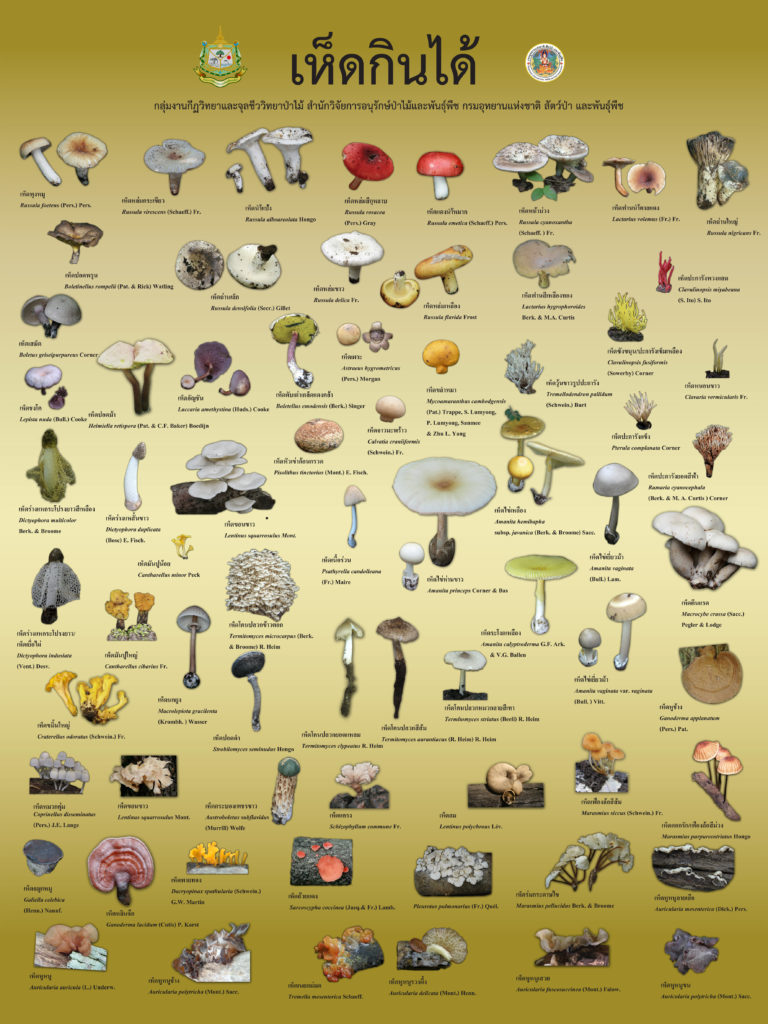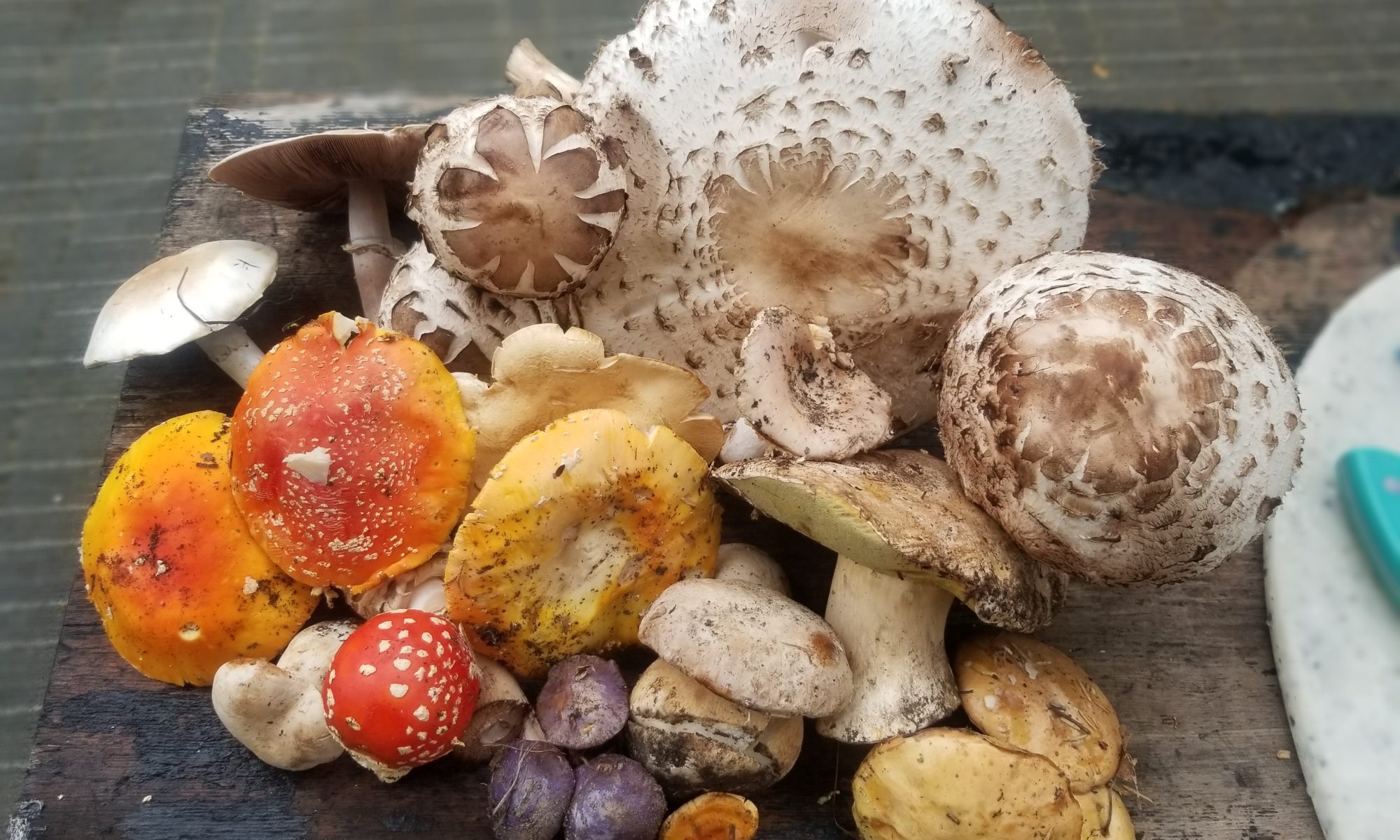If you’re new to the world of fungi, you’re bound to hear some words that you’re not familiar with that you should get to know. This is a beginners guide to some of the basic terms. If you are looking for a (really) good mushroom guide that dives in much further than this and is specific to the Colorado, Front Range and Rocky Mountains, pick up a copy of Vera Stucky Evanson’s Mushrooms of the Rocky Mountain Region.
| Mycelia |
The mycelium (plural) is the part of a fungus that is usually underground. It is composed of hyphae, which look like threads, or rootlets. The mat of hyphae may be very thickly woven. It’s main function is to extract nutrients. Fungal colonies composed of mycelium are found in and on soil and many other natural materials (called substrates) (wikipedia) |
| Substrate |
The surface or material on or from which an organism lives, grows, or obtains its nourishment(dictionary.com). Fungi prefer many different kinds of substrates, such as soil, dead wood and sometimes other fungi. |
| Fruiting Body |
Commonly known as the mushroom. The part of the mushroom that is visible and that produces spores |
| Cap |
Top of the fruiting body that is seen above ground and where the spores come from. |
| Spores |
Microscopic, single-celled units produced by mushrooms in the process of sexual reproduction—roughly analogous to seeds. (mushroomexpert.com). |
| Spore Print |
A mass of spores that can be seen with the naked eye (mushroomexpert.com). The color of a mushrooms spore print is essential for positive identification |
| Stipe |
The stem, or stalk, of a mushroom. |
| Annulus/Ring |
A ring of tissue around the upper part of a mushroom’s stem, resulting from the collapsing of the partial veil (mushroomexpert.com) |
| Veil/Partial Veil |
A protective layer of tissue that may cover all, part or none of a mushroom |
| Volva |
A volva is the remainder of a universal veil at the base of a mushroom’s stem; the volva results from the growing mushroom pushing through the veil (mushroomexpert.com) |
| Pores, Pore Surface |
Tiny tubes, or holes, on the underside of the mushroom cap. The pore surface is comprised of all the mouths of the tubes |
| Gills |
Plate-like or blade-like structures attached to the underside of the cap in many members of the Basidiomycota.(mushroomexpert.com) |
| Tubes |
Many mushrooms such as bolete and polypore use tubes, not gills, to deliver spores |
| Mycorrhizal |
Mushrooms that are mycorrhizal are involved in a mutually beneficial relationship with the rootlets of plants—usually trees. (mushroomexpert.com) |
| Conifer |
Cone-bearing trees such as pine, juniper, spruce and firs. |
| Deciduous |
Tree or shrub that sheds its leaves each year. |
| Riparian |
Wetlands adjacent to rivers and streams; river banks. |
| Montane |
Mountains; areas above the foothills. |
| Sub Alpine |
The zone below timberline, 9,000-12,000 ft. |
| Alpine |
The zone above the tree line- ranges from 11,000-12,000 feet. |
As you learn more and more about fungi, you’ll come across many unfamiliar words that are important to know. These are just a few to get you started. Don’t feel intimidated, though. Before long, you’ll be speaking the mushroom language as if it were your native tongue.
Are there terms that aren’t covered here that you’d like to know the meaning of? Tell us in the comments what you think should be included in this list!
Are you looking for a great, local charitable organization to donate to? PPMS can now accept your donations. 100% of the money stays right here in Southern Colorado to help the Pikes Peak Mycological Society’s mission to create a better understanding of fungi in our local community. PPMS is your local Southern Colorado mushroom club!



